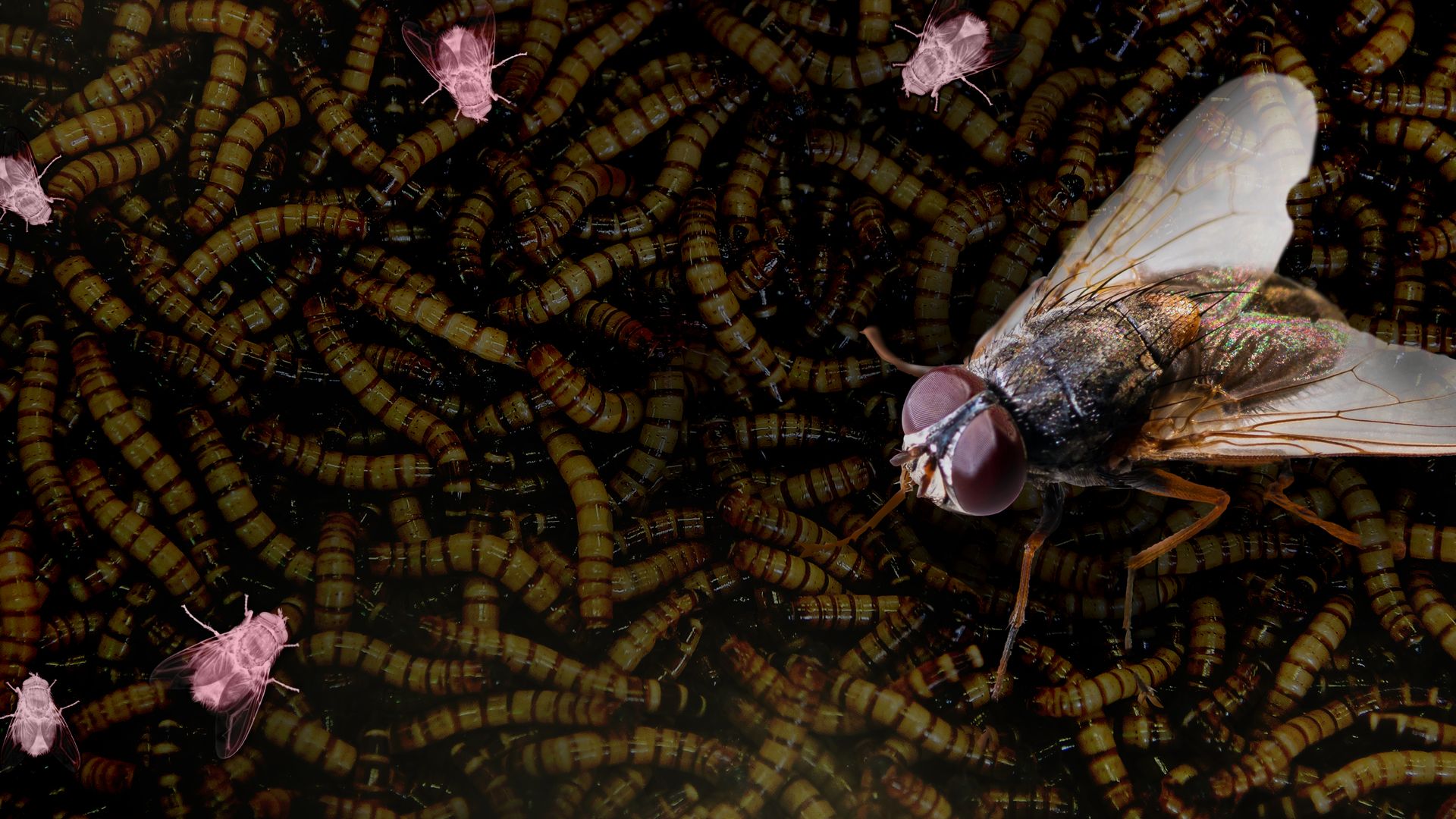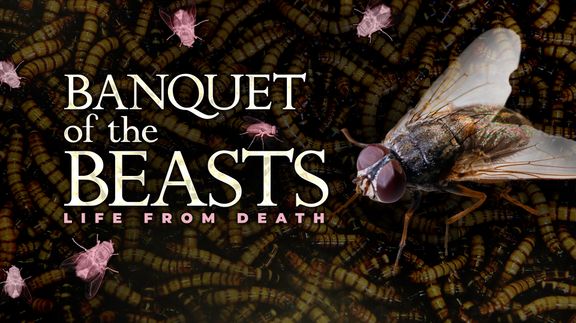

Banquet of the Beasts
Science is on the trail of a macabre challenge: to dissect in detail what happens to dead animals in the wild. Every death means life for countless other living organisms. It is the initiator of a complex cycle we all depend upon. But despite its importance, we know relatively little about the animals that move in after a body has died, the organisms that radically change the body's chemistry, and the plants that recycle the valuable nutrients contained in every carcass.
Science is on the trail of a macabre challenge: to dissect in detail what happens to dead animals in the wild. Every death means life for countless other living organisms. It is the initiator of a complex cycle we all depend upon. But despite its importance, we know relatively little about the animals that move in after a body has died, the organisms that radically change the body's chemistry, and the plants that recycle the valuable nutrients contained in every carcass.
Related Articles
View All5 Frightening Facts about Fire Ants
Fire ants are common in warm, sunny regions around the world. Their stings can be terribly painful and debilitating, and their ravenous behavior often wreaks havoc on agriculture…
The Insect Apocalypse and Pesticides: Has Rachel Carson’s ‘Silent Spring’ Arrived?
Rachel Carson’s Silent Spring sounded the warning that DDT was decimating critical insect populations. Today, habitat destruction, climate change, and new pesticides have…
Could Mushrooms Save Humanity? The Wondrous Powers and Potential of Fungi
The world of mushrooms and fungi is more complex than most of us know. Fungal networks help plants communicate, heal human diseases, and can fight climate change and environmental…